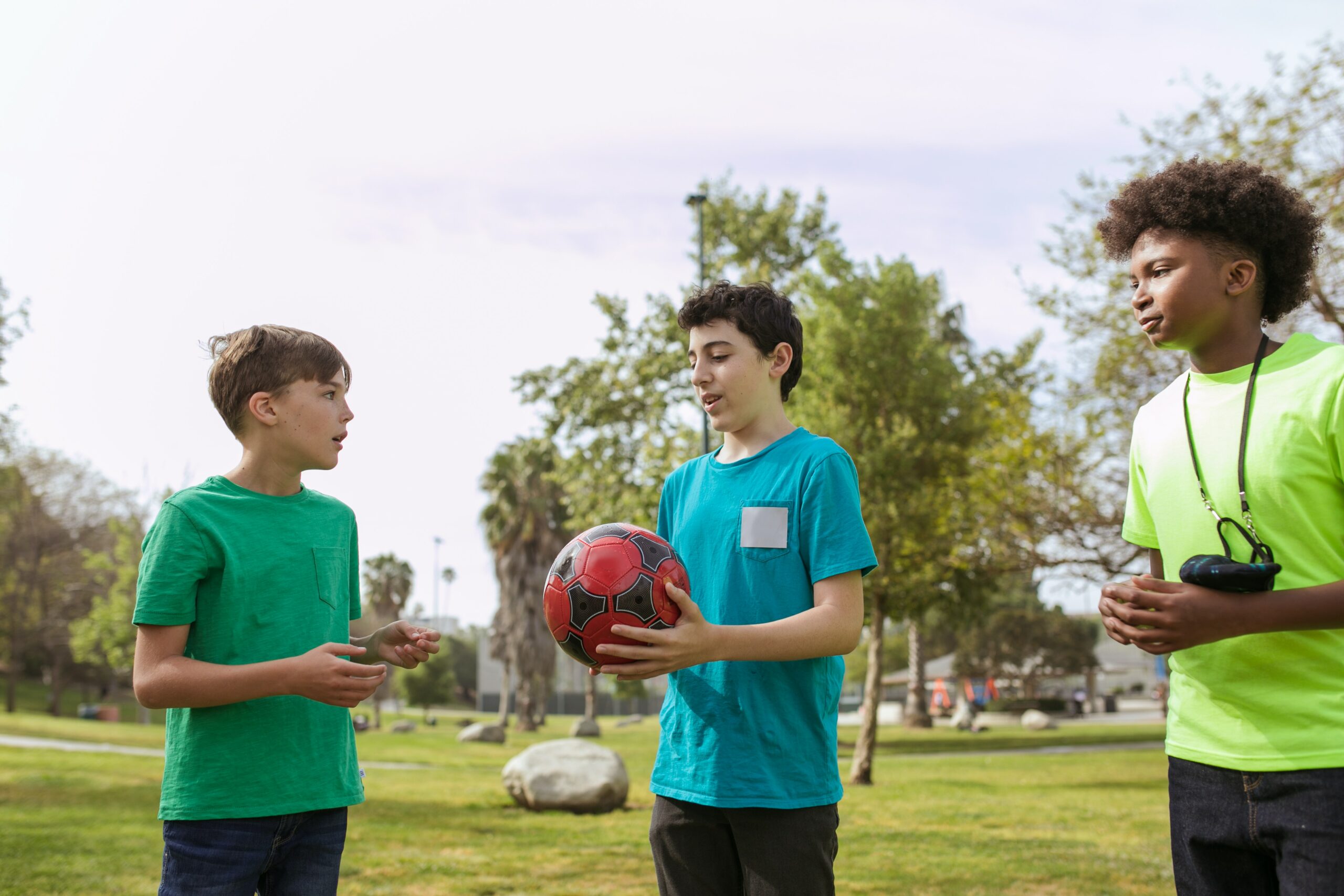First Aid for Minor Cuts and Scrapes: A small accident or hazard can lead to minor injuries, such as cuts and scrapes. All it takes is one slip of focus while handling sharp objects or a trip on a curb to suffer from these injuries.
While cuts and scrapes are fairly common, the good news is most can be safely treated with a few simple steps. Read on to learn how to treat open wounds with first aid care.
All About Cuts And Scrapes
An open wound is an injury that involves an internal or external break in the body tissues, usually resulting in cuts and scrapes.
A cut (laceration) is a break or opening of the skin that may be deep, smooth, or jagged. The injury may occur near the surface of the skin or deeper. In severe cases, it can affect tendons, muscles, ligaments, nerves, bones, or blood vessels.
Scrapes (abrasions), on the other hand, are wounds where the outer layer of the skin has been rubbed or torn off. Most of these injuries do not go deep into the skin, but some may go deeper.
Scrapes usually don’t involve severe bleeding, but notice a pinkish ooze fluid from the wound site.
Cuts and scrapes occur when the skin breaks from unexpected incidents such as falling, hitting a hard object, or being cut by something sharp. We all suffer from open wounds at some point, but some people are more prone to these injuries than others. Children are at higher risk of minor skin damage from playing or exploring their surroundings.
Fortunately, these wounds are usually minor and easily looked after.
The next time you or a loved one have these injuries, look for the symptoms and apply first aid care to prevent infections and promote a faster healing process.
Signs And Symptoms
The common symptoms of cuts and scrapes may include:
- Bleeding to the wound site
- Redness or swelling around the wound
- Discharge or pus coming from the cut and scrapes
- Pain or irritation at the skin surface
- Foul odour coming from the wound
- Fever
If any of these signs appear, there is a risk of spreading the infection from spreading. To stop it from causing complications, first aid treatment is necessary.
First Aid For Cuts And Scrapes
Here are first aid steps to follow when treating minor cuts and scrapes.
Clean The Wound
Clean the cut or scrape with water and mild soap to remove the debris and bacteria. Avoid using cotton or wool when drying off the wound, as the fibres may get caught and cause infection.
Control Any Bleeding
If the wound is bleeding, take a sterile gauze or a clean cloth as an alternative. Once you have either of the two, press it firmly on the wound and maintain the pressure until the bleeding stops.
Apply A Bandage And Elevate
Use an adhesive bandage to cover the cut or scrape until it dries or forms a scab. Applying a sticky bandage will help protect a fresh wound, promote healing, reduce pain, and stop the wound from oozing.
Raise the part of the body that is bleeding above heart level, if possible.
Use Antibiotic Ointment
Apply an antibiotic ointment to the wound to protect it against infection. It also helps keep the bandage from sticking to the wound.
Seek Medical Attention
If the bleeding does not stop or does not seem to slow down, get emergency help. Severe bleeding is considered a medical emergency as it can result in shock and other complications.
Also, call triple zero (000) if you cannot safely move the casualty or they lose consciousness.
Conclusion
Proper wound care for cuts and scrapes will help minimise the scarring and lower the risk of infection.
If the injury is deep with uncontrolled bleeding, it may require stitches for faster healing and less pain for the person. In these scenarios, seek immediate medical care after basic first aid is given and follow the doctor’s advice.
Know the proper steps for treating bleeding wounds, cuts, or scrapes by enrolling in a first aid course.
For more information, check out First Aid Courses Darwin or contact us at courses@firstaidpro.com.au.








